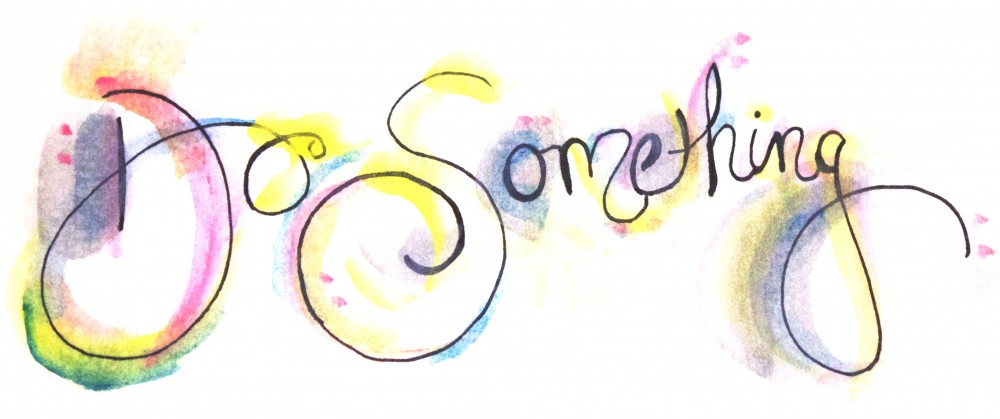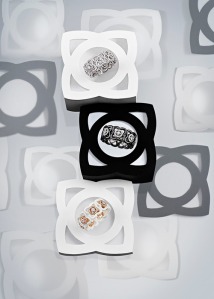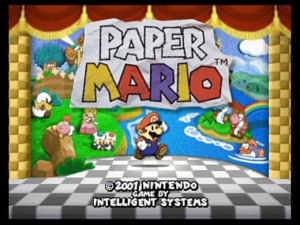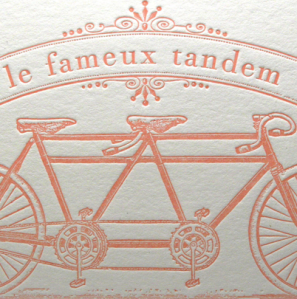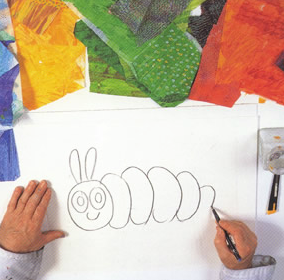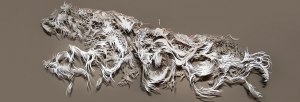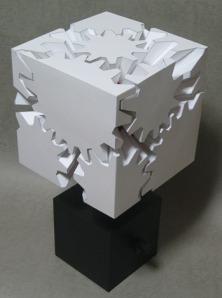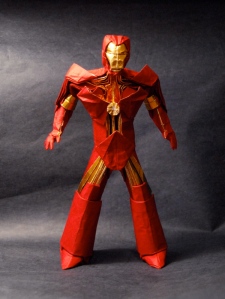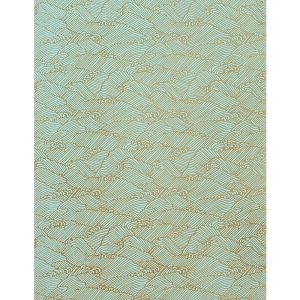
I went into Paper Source not too long ago because, you know, I like paper. I thought it would be this mecca of handmade papers, prints, and the like. I was very disappointed. While there were some sheets of beautiful hand printed papers in the back, the majority of the shop was “DIY craftiness” that took craftsmanship out of the picture. I don’t want to belittle those that do like “DIY” things (the store had a section where you could stamp envelopes and stationery to make them “unique”), but I was pretty upset that the store was pretty much an over-glorified version of Hobby Lobby’s scrapbook aisle. Another thing that was pretty off-putting was the staff. When I asked one of them if the papers in the back were made by hand, she said she had no idea and that the Japanese papers probably were. I went into the store thinking it would be a large selection of beautiful papers, and a knowledgeable staff, but instead I found a bunch of stamps, “customizable” stationery, scrapbook supplies, and a staff that didn’t know anything about their own supplies. If you want some DIY Pinterest stuff, though, this is place to go.
Image Source: http://www.paper-source.com/cgi-bin/paper/item/Yuzen-Pool-Gold-Waves-Fine-Paper/3105_001/12441950.html
